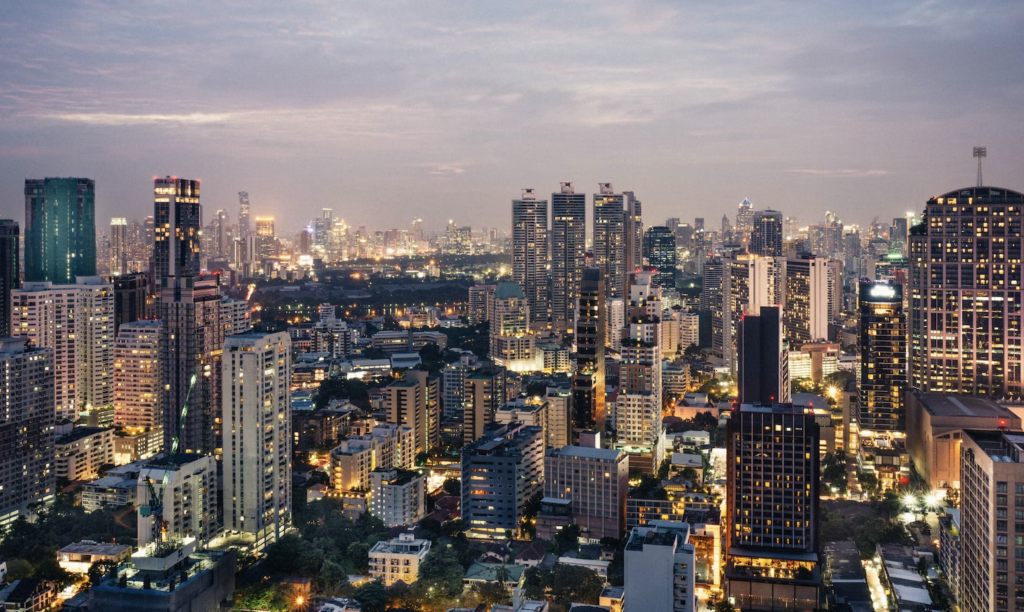The Best Climate-Safe Cities To Move To In The United States
Seattle, Washington, Portland, Oregon and Minneapolis-St Paul in Minnesota are some of the most climate safe cities in the US.
This article is more than 2 years old

As climate change continues to change the world, folks may start to think about which climate-safe city they should move to. There are a number of US states that have been ranked based on the Climate Resilience Index that can be used to assess the risk of a city’s climate vulnerability and its preparedness.
Seattle, Washington, and Portland, Oregon, are two cities that come out high in this index due to their commitment to renewable energy and other sustainable practices. Additionally, Minneapolis-St Paul in Minnesota is an example of a city that is investing in technology to help residents manage their own energy consumption, as well as providing grocery stores like the Main Street Market that allow customers to self-serve groceries.
According to Business Insider, American homes that are not in climate-safe cities sell for 7% less than their equal counterparts in other cities further away from flooding or heat. Additionally, the index can be a useful tool for individuals and families that are looking to relocate or purchase a home in an area with better climate resilience.
US News reports that The Climate Vulnerability Index can help identify areas that are more prepared to handle the impacts of climate change. The index also provide resources to ensure that residents have access to services like clean water and electricity. This would be considered a climate-safe city.
It’s important to consider the climate risks when deciding where to live and work. Whether you are looking for a place with low risk or one that has taken steps to mitigate climate change, it’s important to consider the resilience index as a way of assessing risk and preparedness. Scientific American reports that cities with good risk preparedness scores are indeed more desirable.
However, hurricanes are reportedly moving inward, affecting cities and towns that are far from peril–at least for now. It’s important to assess the potential impact of both coastal and inland cities when making decisions about moving to a climate-safe city.
For example, if you are looking for a place with low risk of flooding, it is important to consider the flood-plain maps in that area as well as the local government’s preparedness plans and policies. Places like the Florida Keys are not climate-safe cities, as the danger of flooding is constant no matter what communities do to protect themselves.
Additionally, engaging in sustainable practices like recycling and composting can help reduce your own personal carbon footprint. By considering these factors when making decisions about where to live, work or go for vacation, you can make sure that your community is climate safe.
Furthermore, it is important to research the regional and local policies and regulations in a particular area when making decisions about where to live. Many cities are transitioning towards renewable energy usage and carbon-reduction policies that can help mitigate the impacts of climate change.
So, if choosing to make a big move, consider environmental changes, not just your career prospects. By doing so, you can ensure that your family and personal choices are climate safe and help protect our planet for future generations.



